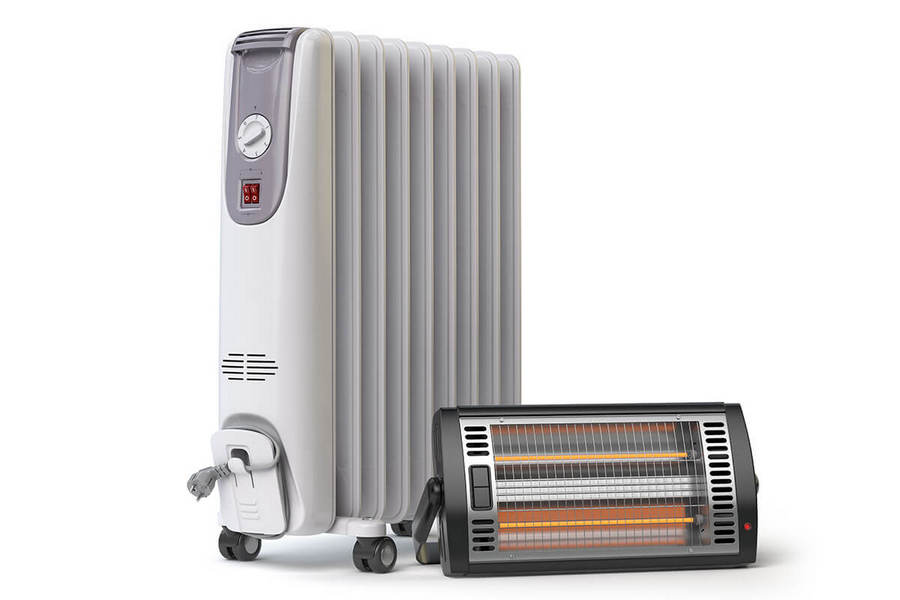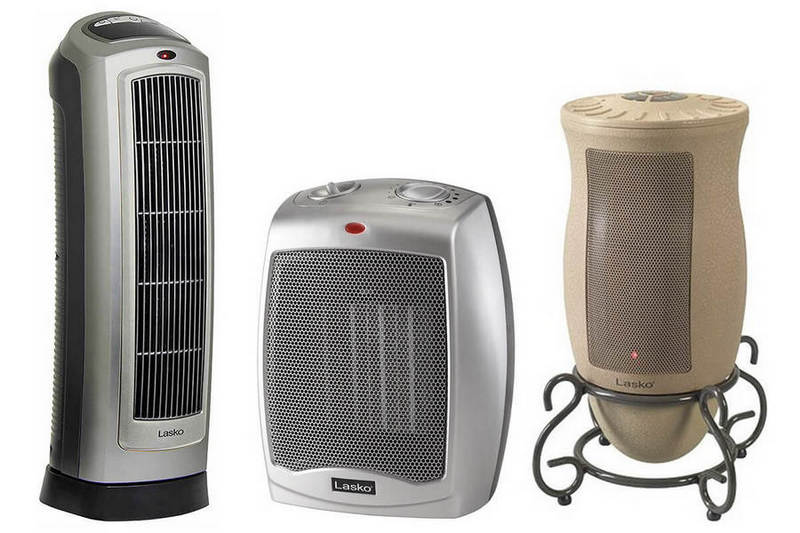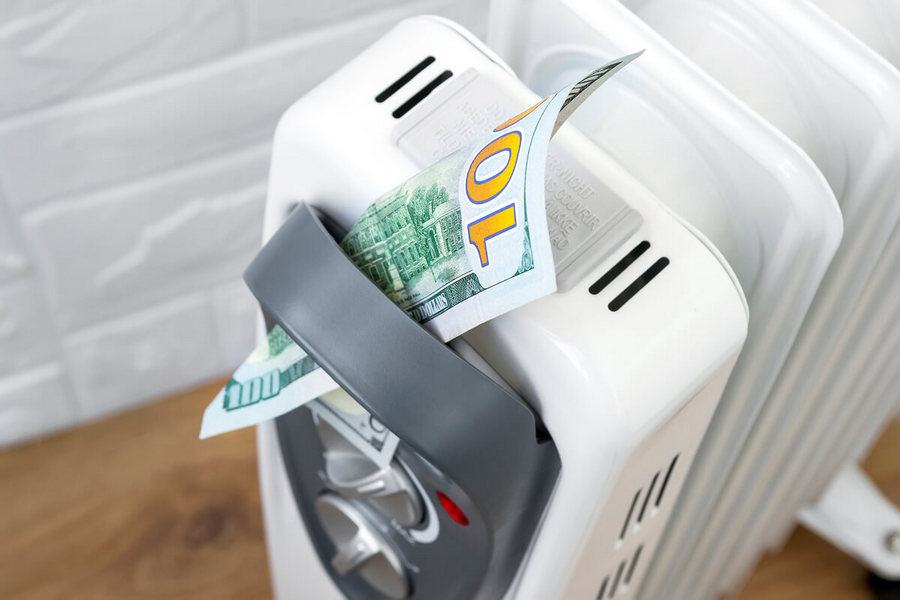Baseboard heating has long been seen as a way to heat our homes and offices, but there are some significant downsides. It is quite costly to run and isn’t the most efficient option unless you’re running it at a consistent heat.
There are other downsides too, which is why you’re probably looking for an alternative to baseboard heat. Thankfully we have the answers for you. We’ve found six great options for replacing your old baseboard heating system. Let’s take a look at what they are.
Two Different Types of Baseboard Heaters
You can install two types of baseboard heaters, either electric or hydronic. Here we’ll look at the two options in detail.
Electric Baseboard Heaters
Electric baseboard heaters are a type of heating system that converts electricity into heat. The heat produced is then circulated through the room by convection.
These heaters are usually placed along the bottom of a wall, where they can effectively radiate heat throughout the room. One of the main advantages of electric baseboard heaters is that they are relatively quiet and easy to install.
Additionally, they are considered very safe since there is no risk of fire or carbon monoxide poisoning. However, electric baseboard heaters can be less effective than other types of heating systems in large or poorly insulated rooms.
Hydronic Baseboard Heaters
Hydronic baseboard heaters are a type of heater that uses water to circulate heat. The water is heated by an electric element and then circulated through metal fins that transfer the heat to the air.
Hydronic baseboard heaters are often used in commercial and industrial settings but can also be used in homes. One advantage of hydronic baseboard heaters is that they provide long-lasting heat while also heating a room evenly.
Another advantage is that they can be used to supplement other heating sources, such as furnaces or boilers. However, one disadvantage of hydronic baseboard heaters is that they require a constant supply of water, which means they must be connected to a plumbing system.
Related: Types of Electric Resistance Heaters
Top 6 Baseboard Heater Alternatives
If you’re looking for an alternative to a baseboard heater, you’re not going to be short of options. So we’ve come up with six great ideas for you to consider.
1. Ductless Heat Pumps
If you’re looking to upgrade to a more modern way to heat your home, consider a ductless heat pump, also known as a mini split. There are many great things about these heat pumps, such as they’re energy efficient, easier to install, and look nicer.
Plus, you can control them with a remote, so you don’t even have to get up out of your chair to adjust the temperature. So if you’re looking for a more efficient, stylish, and convenient way to heat your home, ditch the baseboard heater and go ductless heat pump.
Read Also: Mini Split Units for Your Garage
2. Radiant Ceiling Panels
Consider radiant ceiling panels if you’re looking for a more elegant way to keep your home warm. Not only do they provide even heating, but they also lend a touch of luxury to any room. And who doesn’t love the feeling of being bathed in warmth?
Radiant ceiling panels are also extremely efficient, converting nearly 100% of their energy into heat. One issue is that heat rises, but this is less of a problem with radiant heat as it doesn’t rely on convection or conduction. You’ll always have that warmth shining down on you.
3. Underfloor Heating
There are many reasons to choose underfloor heating over baseboard heaters. First of all, underfloor heating is much more effective since it heats the entire floor evenly rather than just the area around the baseboard.
Second, underfloor heating is great for those seeking a discreet heating solution as you won’t have any visible heater. Third, underfloor heating is much more comfortable since there are no cold spots near the floor where the heat doesn’t reach.
4. Furnaces
Furnaces are a great option if you’re looking for an alternative to baseboard heaters. Not only do they provide a more even distribution of heat, but they can also deliver their heat very quickly, so you’re never waiting around to be warm.
You can choose either a gas or electric powered furnace, with both having their pros can cons. Whichever one you choose, you’ll most likely be able to heat your home a lot better than just with a baseboard heater. For a complete heating solution, you can have both.
Read: How To Light Your Wall Furnace Pilot Light
5. Pellet Stoves
Pellet stoves are a great alternative to baseboard heating and have many benefits. For one, pellet stoves are also very efficient. They use pellets made from recycled wood and other plant material, producing very little emissions.
Additionally, modern pellet stoves are very safe. They have an automatic shut-off feature that kicks in when the stove gets too hot, meaning there’s minimal risk of fires or other accidents.
Perhaps the biggest advantage of pellet stoves is their aesthetic. Many homeowners love the look of having a beautiful stove in their home, which can’t be said of baseboard heaters. That being said, they require plenty of maintenance and are restricted to heating the room they are in.
6. Modern Radiators
Radiators are another excellent alternative option to a baseboard heater. They are much more efficient at heating a room evenly due to their greater size. Second, they often look much nicer than baseboard heaters and can add to a room’s decor.
That being said, they are very similar in where they are located and how they transfer heat. It doesn’t make a lot of sense to replace your baseboard heaters with radiators, but if you’re thinking of installing a new heating solution, they are a great idea.
Recommend: Alternative Ways to Heat a House Without Electricity







